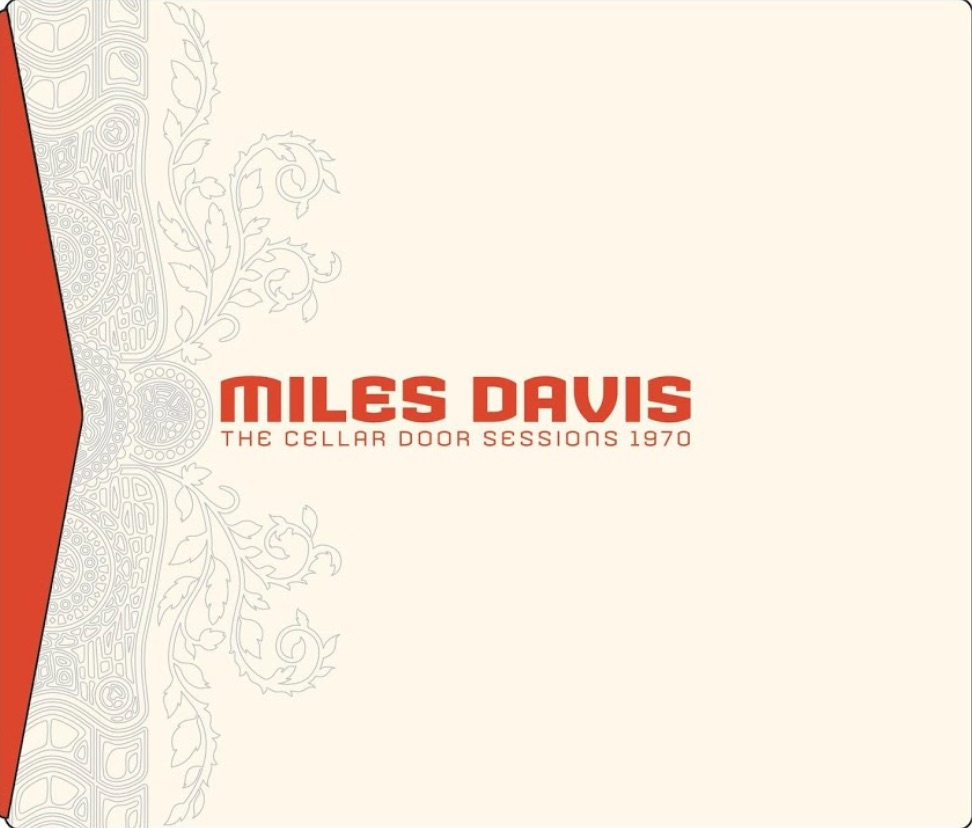Miles Davis’ Bitches Brew 50th Anniversary Celebration- Part Three: “Jazz”
|
Getting your Trinity Audio player ready...
|
This is the penultimate chapter of our four-part series celebrating the legacy of the landmark Bitches Brew on its Fiftieth Anniversary. Our first piece focused on the album’s compositions, the second on production techniques, and our forthcoming final feature will emphasize its influence on “non-jazz” artists. Each adopts the list format and follows two general guidelines: that the artist presented still performs today, and that they never collaborated with Miles. The latter of these limitations is not to minimize the brilliant continued contributions of his bandmates – Wayne Shorter, Bennie Maupin, Chick Corea, John McLaughlin, Dave Holland, Lenny White, Jack Dejohnette, Billy Cobham, Harvey Brooks, and Airto Moreira – but rather to emphasize the recording’s impact outside of his direct sphere of influence.
This chapter examines “jazz” albums released since the year 2000 which have been inspired by Brew. While we at Postgenre do not like applying labels to art, we do so here solely to assist those who do rely on such categorizations. Davis’ album remains highly-esteemed, often being placed on a shortlist of the greatest “jazz” recordings. For instance, the Village Voice included it within their ten jazz albums to hear before you die. It should come as no surprise, then, that so many artists still look up to the work. Perhaps most telling, however, is how none of these selections match a traditional definition of the music. Instead, they straddle “jazz” and one – or multiple – other styles as well in a careful balancing act that may give the most orthodox listener a bit of heartburn.
Kneebody and Daedelus – Kneedelus (Brainfeeder, 2015)
Released on Flying Lotus’ label, Kneedelus captures the meeting of electronic artist Daedelus (Alfred Darlington) and the then existing configuration of the band Kneebody – trumpeter Shane Endsley, saxophonist Ben Wendel, keyboardist Adam Benjamin, drummer Nate Wood, and electric bassist Kaveh Rastegar. More recently, Rastegar has left the group, with Wood unbelievably playing both drums and bass simultaneously. Just as Brew used then cutting-edge technology to create a new art form, the album uniquely melds both electronic and organic influences. Also like Davis’ masterwork, some artificial qualities are readily apparent while others – clipped notes on Endsley’s solo on “Loops” or Benjamin’s on “Platforming” – more subtle.
Nicholas Payton – Sonic Trance (Warner Bros, 2003)
The trumpeter himself would likely bristle at his inclusion on this list as he has been a vocal advocate for abandoning the term “jazz” in favor of BAM (Black American Music). Nevertheless, many critics place him within the category. As a musician playing the same instrument, Davis comparisons are all too easy. In the case of Sonic Trance, however, they are appropriate. While it distinguishes itself from its predecessor by the inclusion of hip-hop beats (an area of music Miles was exploring before his passing on Doo-Bop (Warner Bros., 1992)), it also adds wah-wah effects and overlays various textures to both accent the groove and add a new facet to the music. Joined by Tim Warfield on sax, Kevin Hays on piano, Vicente Archer on bass, Daniel Sadownick on percussion, and Adonis Rose and Karriem Riggins on drums, like Brew, it doesn’t adhere to simple definitions of “jazz.”
Craig Taborn, Junk Magic (Thirsty Ear, 2004)
Joined by Aaron Stewart on tenor sax, Mat Maneri on viola, and Dave King on drums, pianist Taborn presents a space in which “jazz” and electronic music can co-exist as equal partners. This is equal footing is in large part due to the bandleader also providing sequencing and production. This opens up the opportunity for biases towards one genre or the other to be discarded in favor of a balanced approach, one which still retains its “jazz” roots while adopting series of looped beats throughout the pieces. While more advanced than Brew, it generally uses technology in the same way; as a significant additional instrument captured within the recording.
The Comet is Coming – Chanel the Spirits (The Leaf Label, 2016)
While substantial, and deserved, attention has been placed on Trust in the Lifeforce of the Deep Mystery (Impulse! 2019), the trio’s Channel the Spirits perhaps best evinces Brew’s influence. Tenor saxophonist “King” Shabaka Hutchings, keyboardist Dan “Danalogue the Conqueror” Leavers, and Max “Betamax Killer” Hallett merge “jazz” with funk, rock, psychedelics, and various effects to form a driving rhythmic exploration into sound, unrestricted by time and space. Although more emphasis is generally placed Sun Ra’s impact on the group, the core of Davis’ recording guides it as well.
Dave Douglas, Freak In (RCA Bluebird, 2003)
Douglas’ career has fielded a wide spectrum of music, synthesizing “jazz” with practically everything – string trios, brass bands, old spirituals, and Balkan music. One of his best to date, Freak In, pulls from electronica, funk, and rock to create an edgy and powerful sound that is incomparable and reflective of the spirit of Brew. Some commentators have even likened the album to Miles’ 1970s oeuvre being carried into the modern era. Joining the trumpeter are a number of his bandmates from John Zorn’s various ensembles – electric guitarist Marc Ribot, keyboardist Jamie Saft, drummer Joey Baron, and digital wizard Ikue Mori – along with woodwind players Seamus Blake and Chris Speed, acoustic guitarist Romero Lubambo, bassist Brad Johnes, tablaist Karsh Kale, and Taborn on Fender Rhodes.
Join us on March 30, 2020, Brew’s anniversary date, for a very special final volume emphasizing its influence on “non-jazz” works. The original masterpiece, including an updated anniversary edition, can be purchased at Milesdavis.com.




One thought on “Miles Davis’ Bitches Brew 50th Anniversary Celebration- Part Three: “Jazz””